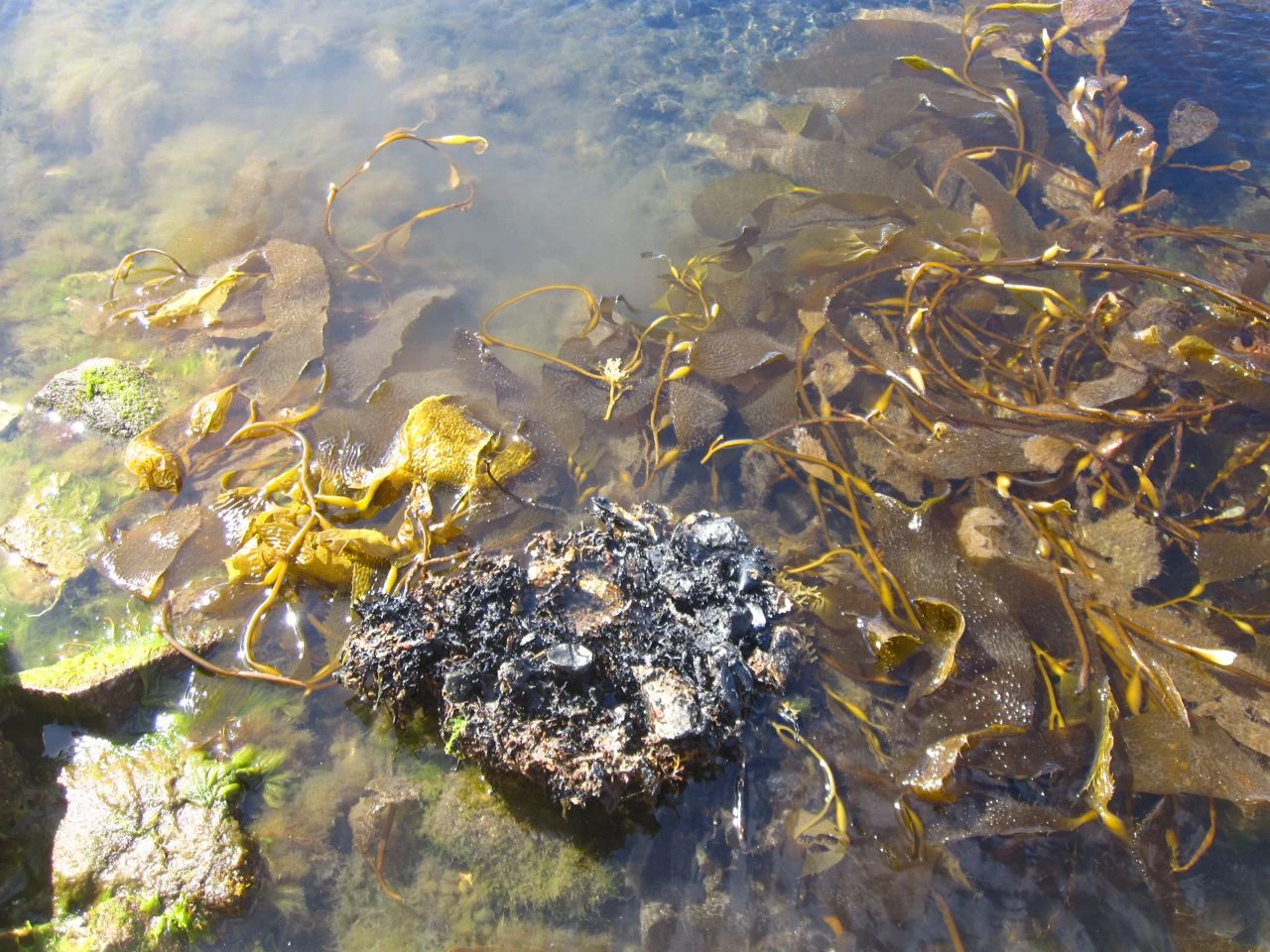Polychaete research in the Falklands by Teresa Darbyshire - day 22
, 6 Rhagfyr 2011
My first public talk (photo 1) is now out of the way. Quite a relief actually. It was meant to be a ‘community talk’ so a general introduction to who I was and why I was there really. Having it towards the end of my visit also meant that I was able to include more interest in the form of a map showing where I had been sampling as well as photographs of some of the animals I have collected. Adding all of these at the last minute does not lower your stress levels. It did add a bit more relevance though than using some of the stock photos I have of UK animals which was what I had in there first of all.
It wasn’t a large audience but I am not the most natural or confident of speakers and the addition of Falkland Islands TV filming the talk did not bolster my confidence any. Feedback was good though and comments included being pleasantly surprised at how interesting it actually was. Always good to hear!
I have another to do at the Fisheries department next Monday which will be to a more scientific audience and therefore a bit more technical about the worms themselves. Hopefully that will be considered surprisingly interesting too.
I was on my second borrowed car this morning which enabled me to get out for the morning tide. I had wanted to go back out to the shore by the Lady Elizabeth, not far away, as the last time I had gone down only just before low tide and had not had much time to sample and then of course found lots of interesting animals. Unfortunately today was a neap tide that stayed about half a metre higher than when I had been there previously. As this shore shelves very gently, this meant that the sand bars I particularly wanted to get out to remained stubbornly underwater. I still managed a little digging through the few inches of water to get some animals and also did more on the high shore than I had previously but it still felt disappointing.
On the way back I also decided to stop by the marina which had a patch of sandy mud that looked interesting. However, the nearby sign that declared the area believed to be free of mines but that one might get washed ashore from elsewhere put me off digging. Can’t imagine why. Instead I went across to the other bank of the inlet which was rocky (nowhere for stuff to wash ashore) and dragged in some shallow Macrocystis kelp to look at the holdfast (photo 2). I had a brief thought that it might have attached itself to a landmine that was being washed ashore but luckily this was not the case and I spent 10 minutes pulling it apart and shoving it in a bucket which it only just fitted into (it was only a baby holdfast in comparison to those offshore). I did wonder how exactly I was going to deal with this monster back at the lab as holdfasts require a lot of time painstakingly going through each piece to pick off the animals. These structures are a habitat feature of their own with a large community of animals generally associated with them that makes it essential to sample them. The answer came in the form of 6 very large pots which the holdfast was duly separated and pushed into for a later date. That is probably going to be at least a week’s work on its own!
The samples from the Lady Elizabeth turned out to be more successful than expected when I found several specimens of Spiophanes (photo 3), a worm I had only had a badly mashed glimpse of before, so this was very pleasing.
All in all another successful day. I have hired a car from tomorrow for a few days which will get me around to my last few shore visits and then hopefully I will get the chance for a bit more diving at the weekend. Still finding new stuff though so there must still be lots more out there to find!


